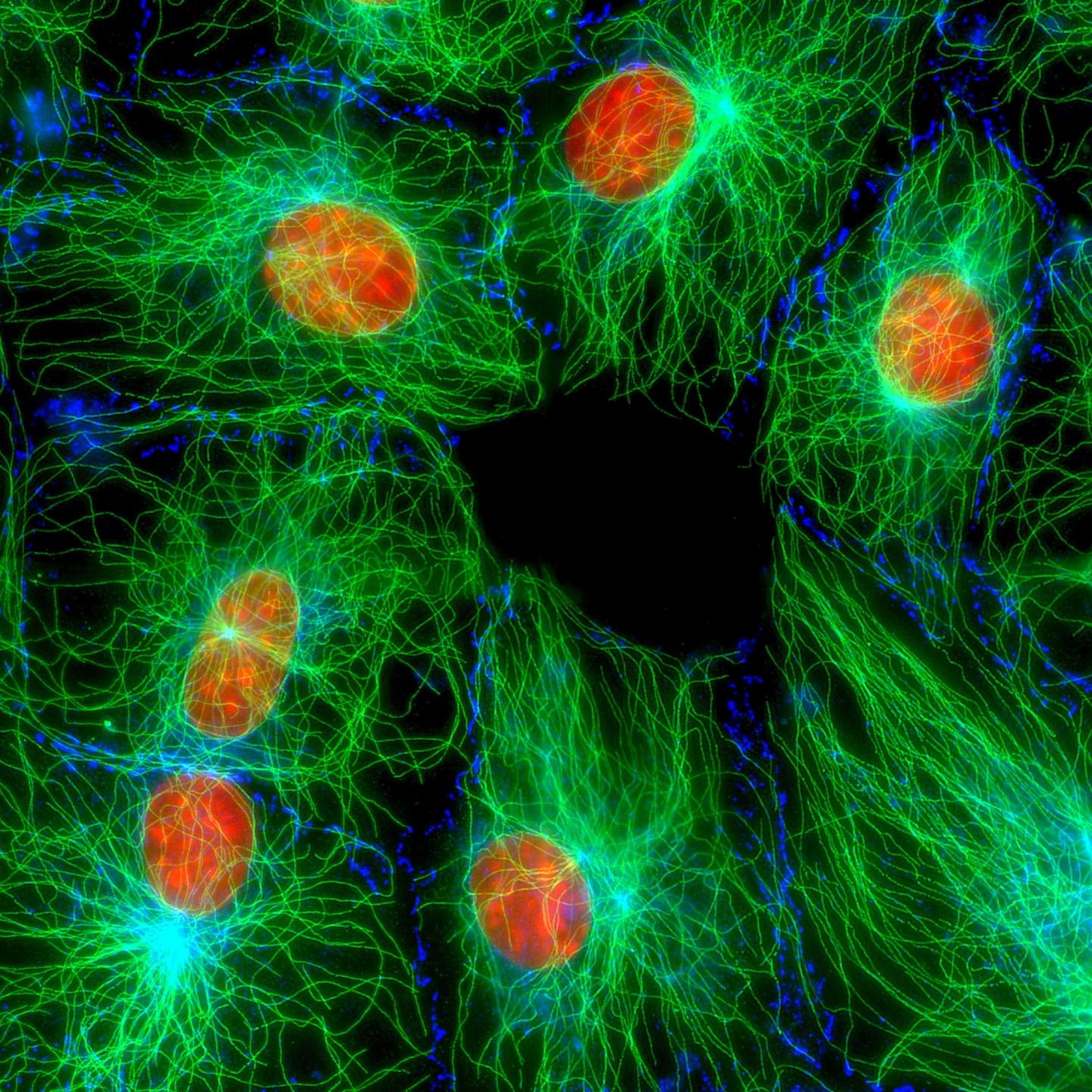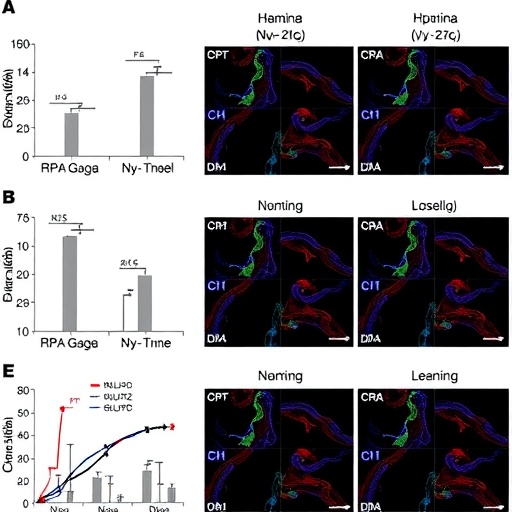
Credit: Jan Schmoranzer, Leibniz-Institut für Molekulare Pharmakologie
"A case of mistaken identity" may drive the plot of the latest spy film or crime novel, but it's only a tale of trouble for geneticists, oncologists, drug manufacturers and others working with mouse cell lines, one of the most commonly used laboratory model systems for genetic research. Cell lines that have been contaminated or misidentified due to poor laboratory technique and human error lead to inaccurate research studies, retracted publications and wasted resources. In fact, many scientific funding organizations, such as the National Institutes of Health, now require scientists to verify their cell lines for identity and quality before research grants are awarded.
To help address this challenge, the National Institute of Standards and Technology (NIST) is working with partners to design tools, establish datasets, and further develop and standardize NIST's system to authenticate mouse cell lines. One of the first milestones in this effort is the recently granted U.S. patent (No. 9,556,482) for an authentication method using NIST-identified short tandem repeat (STR) markers — tiny repeating segments of DNA found between genes — for mouse cell lines. The method can be used to verify that a cell line is derived from a particular mouse in the same way forensic experts can confirm the identify of a person using DNA evidence. Once upcoming interlaboratory tests of the STR markers are completed, this will become the world's first validated method for the authentication of mouse cell lines.
The new NIST authentication method uses STR markers that are non-coding (that is, do not provide instructions for protein production the way genes do) DNA segments with a specific sequence of nucleotide bases — the four key components of DNA known as adenine, cytosine, guanine and thymine. Each STR is considered a separate marker for genetic matching because the number of times it is repeated is unique to an individual within a species. For example, a cell line may have one STR sequence — such as G-A-T-A — that repeats five times, another — say G-T-A-T — six times, a third seven times and so on. If another cell line has a high percentage of the same STR sequences in the same numbers, it is considered likely that they share a common ancestry.
Misidentified human cell lines and the disruption they cause have been documented for decades. For example, two tainted cell lines were responsible for invalidating approximately $700 million of research studies and some 7,000 publications between the late-1950s and mid-1960s . The International Cell Line Authentication Committee, a volunteer group that monitors and raises awareness of authentication issues, currently lists nearly 500 misidentified human cell lines in its database. Fortunately, there are now standards and public databases that labs can use to confirm the identity of their human cell lines.
In contrast, the extent of misidentification in mouse cell lines is unknown and there are currently no guidelines for authenticating them, said NIST microbiologist Jamie Almeida.
"That is why NIST has been working on STR markers that are unique, easy to interpret and capable of distinguishing between different mouse cell lines," Almeida said. "Additionally, we have partnered with the ATCC [formerly the American Type Culture Collection], a global leader in biological materials management and standards, to further develop the STR technology for authentication and establish the Mouse Cell Line Authentication Consortium. The consortium is made up of organizations that have agreed to work with NIST and ATCC to test and validate the patented authentication method using the NIST-identified STR markers."
The consortium also will create a consensus standard to unify how authentication is performed across laboratories and will establish a public database that defines which STR profiles identify which mouse cell lines.
"In the future, we hope to see the NIST-identified mouse STR markers and authentication method incorporated into a commercially available assay kit," Almeida said. "The proposed kit, combined with a consensus standard and a cell line database, would provide researchers worldwide with the tools needed to ensure the identity of their mouse cell lines."
###
The new mouse cell line authentication method using the NIST-identified STR markers is available for licensing for research and non-exclusive commercial purposes through the agency's Technology Partnerships Office.
Media Contact
Michael E. Newman
[email protected]
301-975-3025
@usnistgov
http://www.nist.gov
############
Story Source: Materials provided by Scienmag





